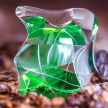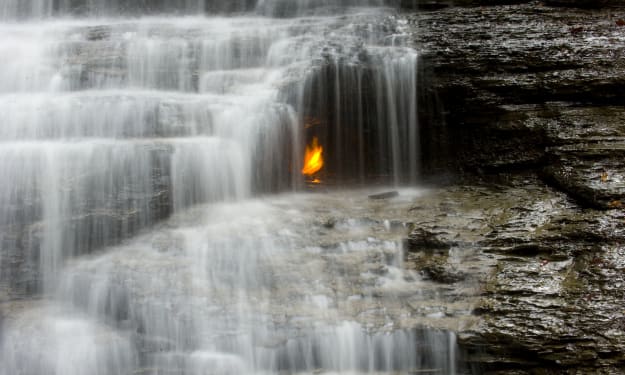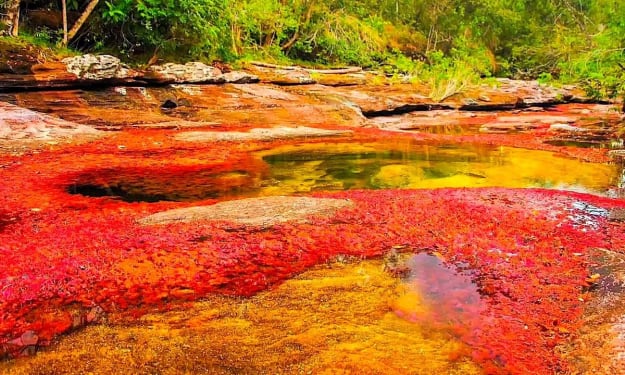
Peregrine falcons are known to be the fastest birds in the world. These birds are highly intelligent, adaptable, and powerful hunters. They have fascinated humans for centuries with their speed and agility, and their ability to hunt prey in mid-air.
Peregrine falcons are found all over the world, except in Antarctica. They are widely distributed, with populations in North and South America, Europe, Africa, and Asia. They are highly adaptable and can survive in a variety of habitats, from urban areas to deserts and mountains.
Appearance
Peregrine falcons have a distinctive appearance. They have a sleek, streamlined body with long, pointed wings and a sharp, hooked beak. They are about the size of a crow, with a wingspan of up to 3 feet (90 cm). They are usually dark gray on their backs and wings, with a white belly and chest. They also have a black hood on their head that extends down to their eyes.
Habitat
Peregrine falcons can be found in a variety of habitats, including forests, grasslands, and tundras. They are also commonly found in urban areas, where they can nest on tall buildings and bridges. In the wild, they prefer to nest on cliffs and rocky outcroppings.
Diet
Peregrine falcons are carnivores and mainly feed on other birds, such as pigeons, doves, and songbirds. They hunt by flying high in the sky and then diving down at high speeds to catch their prey in mid-air. They can reach speeds of up to 240 miles per hour (386 km/h) when diving, making them the fastest animal on earth.
Breeding
Peregrine falcons are monogamous and mate for life. They breed once a year, usually in the spring. The female lays 3-4 eggs, which both parents incubate for about a month. After hatching, the chicks are cared for by both parents and are able to fly after about 6 weeks.
Conservation
Peregrine falcons were once on the brink of extinction due to the use of pesticides like DDT, which caused their eggs to become thin and fragile. However, their populations have made a remarkable recovery thanks to conservation efforts, including the banning of DDT and the establishment of captive breeding programs. Today, peregrine falcons are considered a species of least concern by the International Union for Conservation of Nature (IUCN).
Conclusion
Peregrine falcons are one of the most fascinating birds in the world. Their speed, agility, and hunting prowess make them a wonder to behold. Despite being on the brink of extinction, their populations have made a remarkable recovery thanks to conservation efforts. These birds are truly a testament to the resilience of nature and the power of conservation.
It was a sunny day and I was out for a walk in the countryside, enjoying the beauty of nature around me. Suddenly, I heard a loud screech that echoed through the valley. Looking up, I saw a magnificent peregrine falcon circling high in the sky. I watched in awe as it soared effortlessly, its wings stretched out to their full length, catching the warm thermal currents.
As I continued to watch the falcon, I noticed that it was flying closer and closer towards me. I couldn't believe my luck – I had never been this close to a peregrine falcon before. It flew down and landed on a nearby branch, its piercing gaze fixed on me.
I felt a sense of awe and fear at the same time, as the falcon looked at me with its sharp, intelligent eyes. I knew that peregrine falcons were fierce hunters and that they could easily take down prey twice their size with their powerful talons and hooked beaks. But at the same time, I felt a sense of wonder and admiration for this beautiful creature.
Slowly, I approached the falcon, taking care not to startle it. As I got closer, I could see the intricate details of its feathers and the intensity of its stare. I felt as though the falcon was sizing me up, deciding whether I was friend or foe.
To my surprise, the falcon did not fly away or attack me. Instead, it tilted its head and looked at me curiously. I felt a sense of connection with the falcon, as though we were communicating without words. It was a magical moment that I would never forget.
After a few minutes, the falcon took off and soared back into the sky. As I watched it disappear into the distance, I felt a sense of gratitude for this incredible encounter. I knew that I had been privileged to witness the beauty and power of one of nature's most magnificent creatures.
About the Creator
Emerald
I like researches because its fun and exciting.






Comments
There are no comments for this story
Be the first to respond and start the conversation.